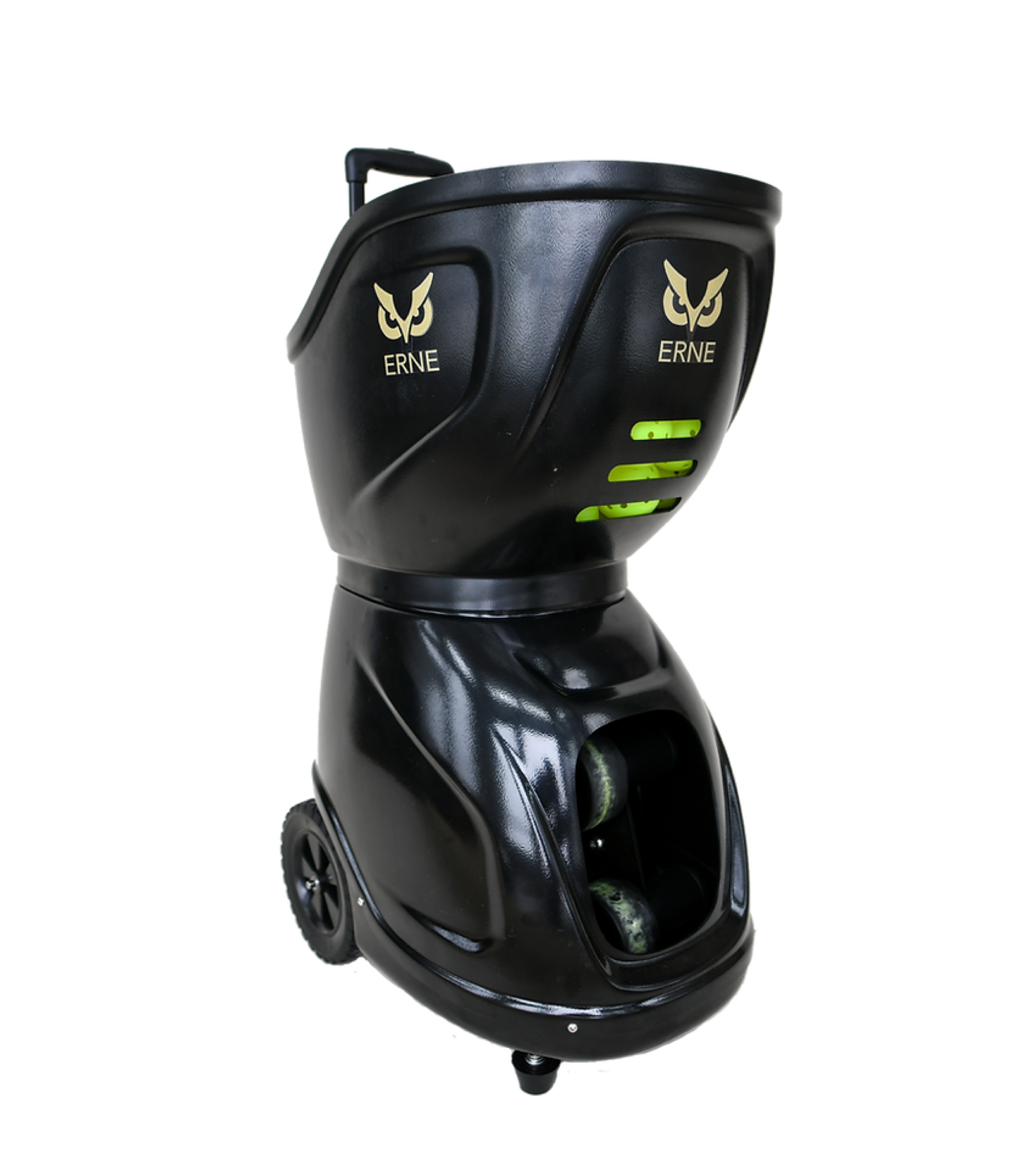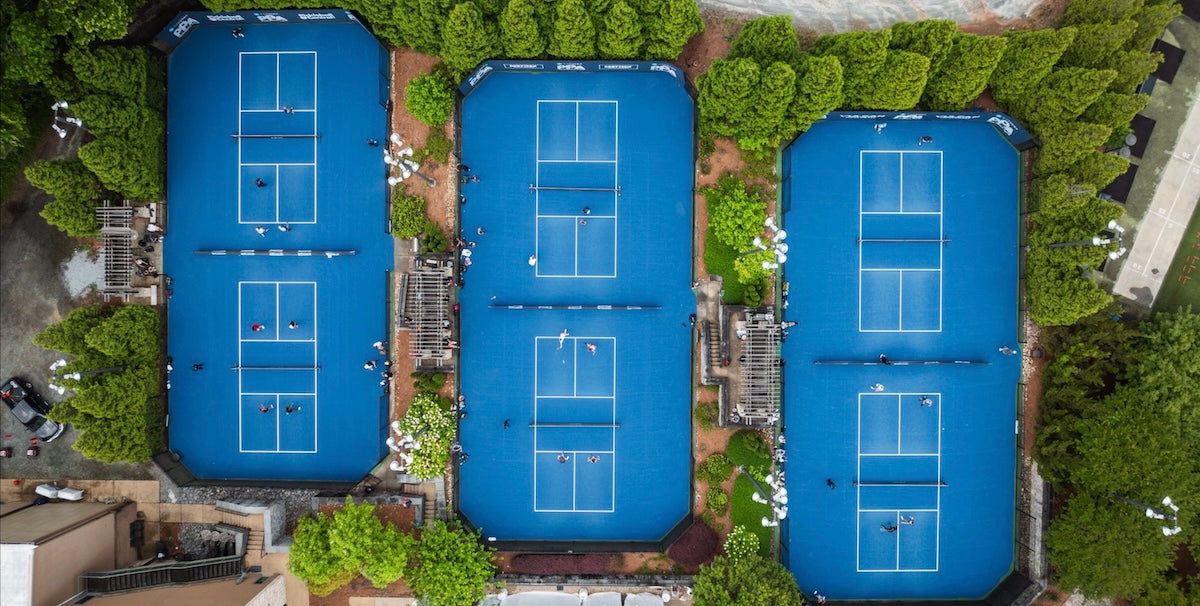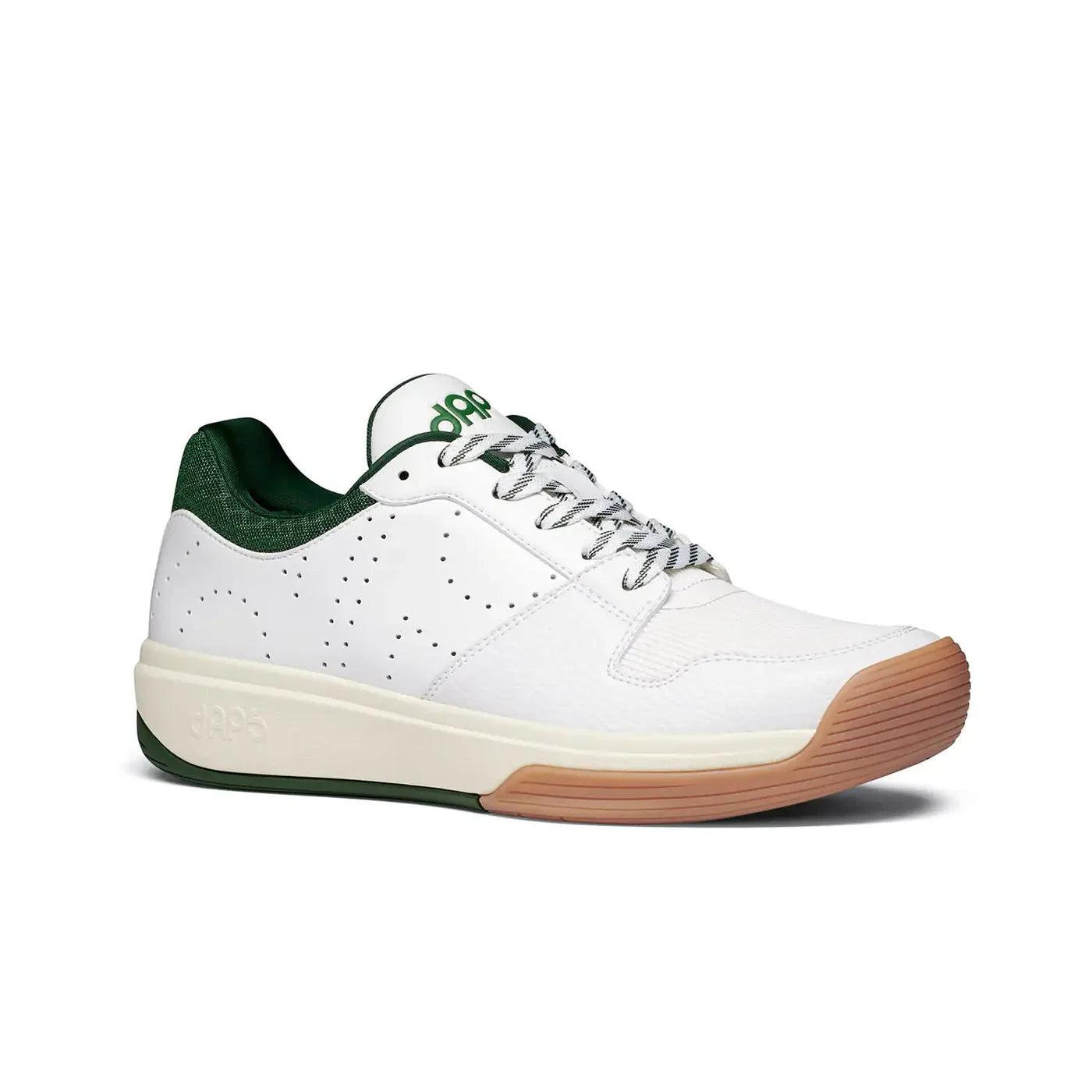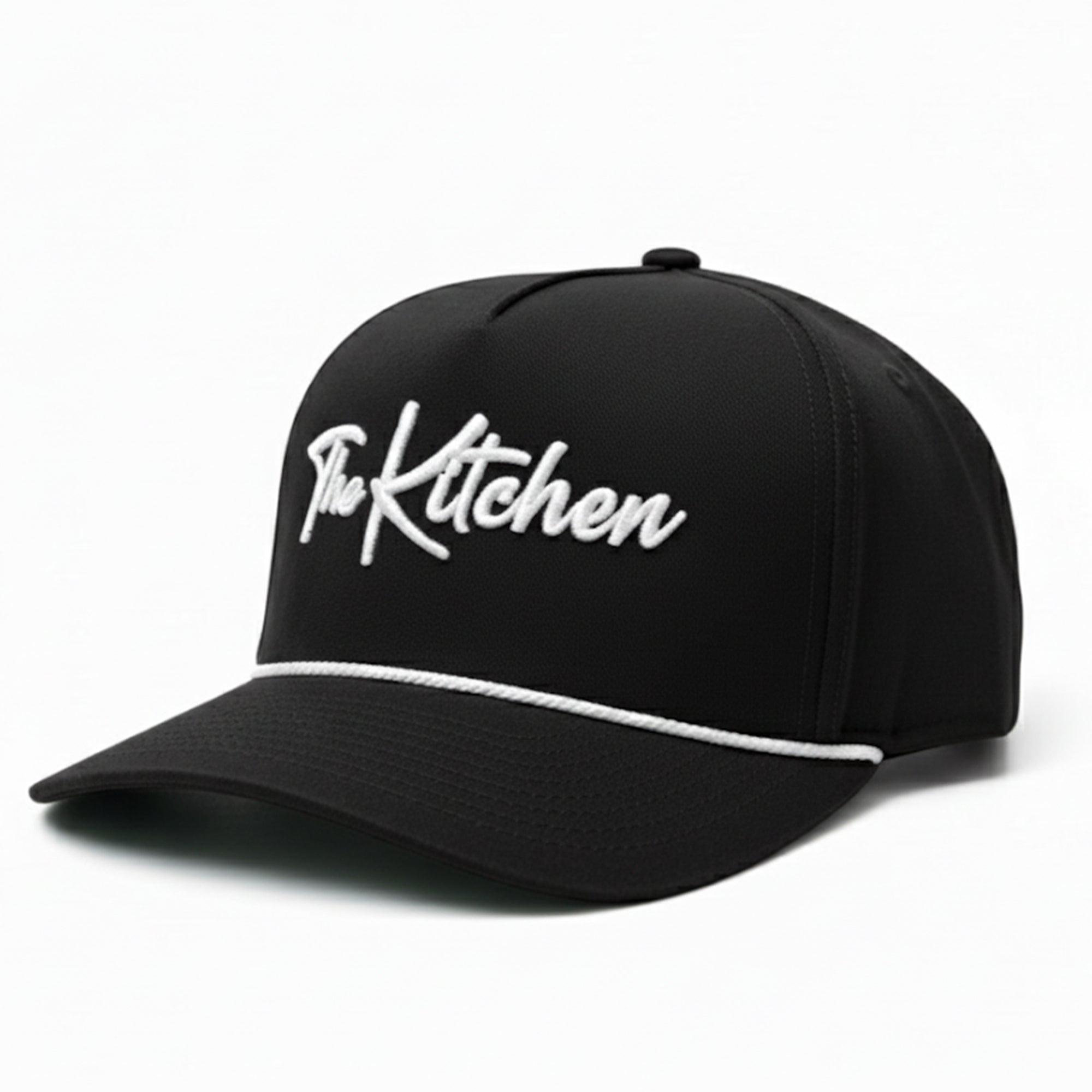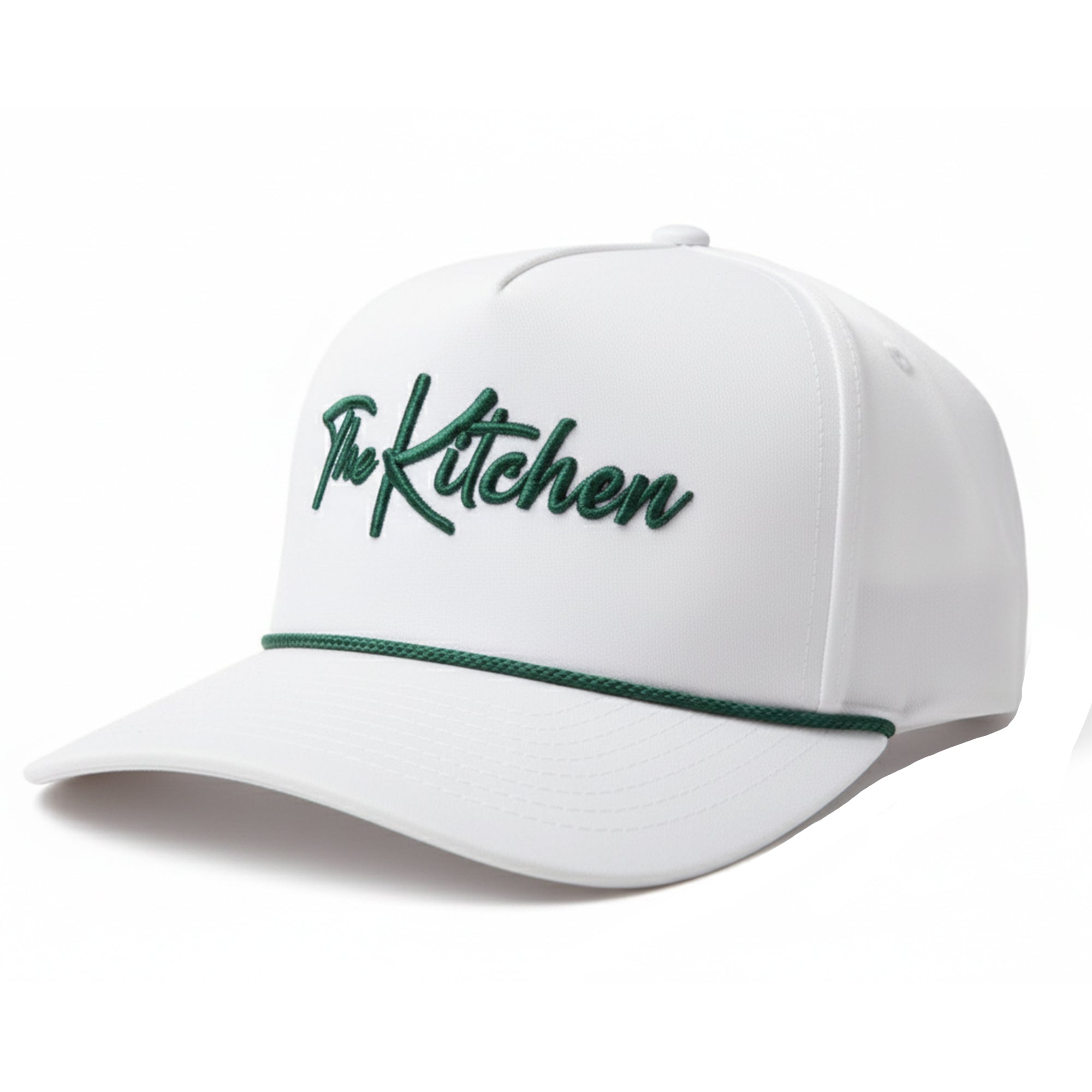Pickleball Injuries are Worse Than We Care to Admit
Last Edited
Jan 20 2025
Category
Community
How many headlines have you read this year about how "pickleball is a health risk" and "pickleball injuries are on the rise?"
To us, it feels like we've seen more of those than bad thirds at rec night. But a new study has us wondering if they have a point.
Public health researchers at University of Arkansas sought to identify the most prominent risks for pickleball injury.
The study examined 17,416 emergency room visits related to pickleball activity, paying close attention to how injuries occurred and effective countermeasures.
The most common injury diagnosis was fractures at 30%, followed by sprains at 17% and internal organ injury at 7.2%...Most of the hospital admissions were for cardiac arrest, with the other 25% admitted for fractures. - University of Arkansas News
Different Injuries for Different Age Groups
Importantly, the study found that different age groups see different types of injuries (and for different reasons).
Those under 26 years of age were more likely to experience injuries as a result of the misuse of equipment, where those from 26 to 50 typically just played too much and sustained overuse-related injuries.
The majority of injuries observed in the research happened to players over 50, who exhibited a greater chance of cardiac arrest or other cardiovascular concerns.
For our story on paddles and their relationship to player safety, click here.
The Achilles Tendon is a Major Problem Area
A common injury is the Achilles tendon rupture, especially in individuals aged 60 to 70. This injury often occurs due to the sport’s movement patterns and body positions.
Dr. Timothy Charlton, an orthopedic surgeon, told US News that pickleball's sudden, forceful movements strain the Achilles tendon, especially among people ages 60 to 70, particularly in women.
“We're seeing many injuries because new athletes are returning to the court after a long time away or are starting to play competitively without proper training. This creates an environment where injuries are more likely to occur.” - Dr. Charlton to US News
Charlton advises players warm up and condition properly before playing. Work on maintaining a low, athletic stance with feet turned outward.
Mimic professional players by touching the racket to the ground to help position the body correctly and reduce strain on the Achilles tendon.
EDITOR'S NOTE: This article was originally published in April of 2024. New information has come out in the intervening months since its original publish date which we have added here.
